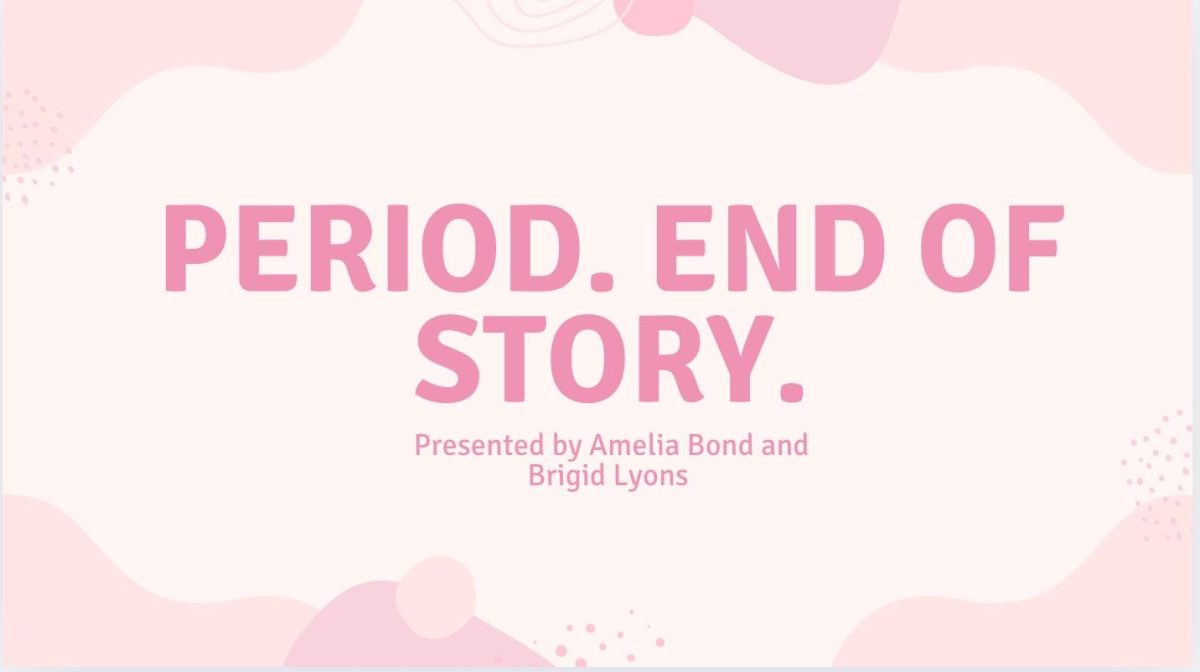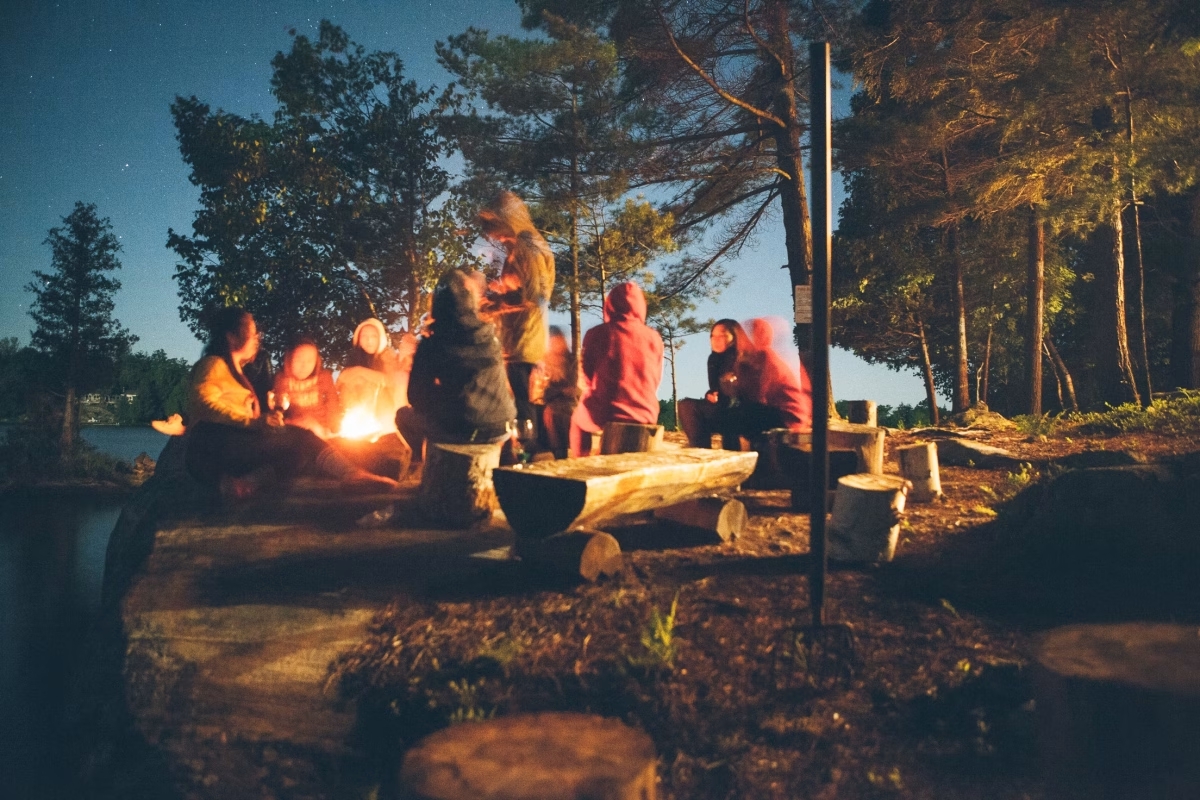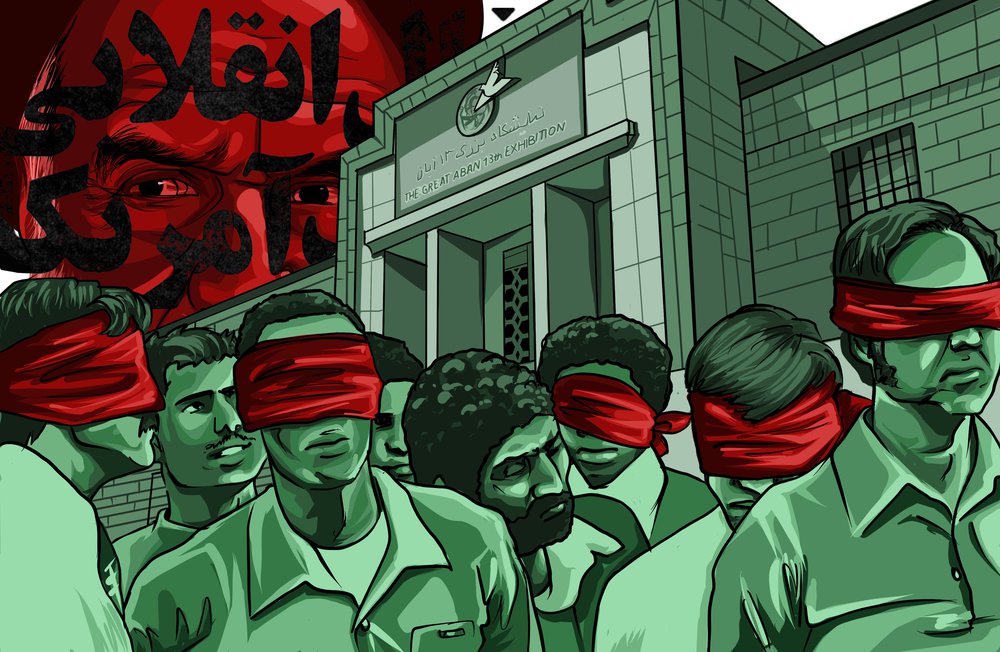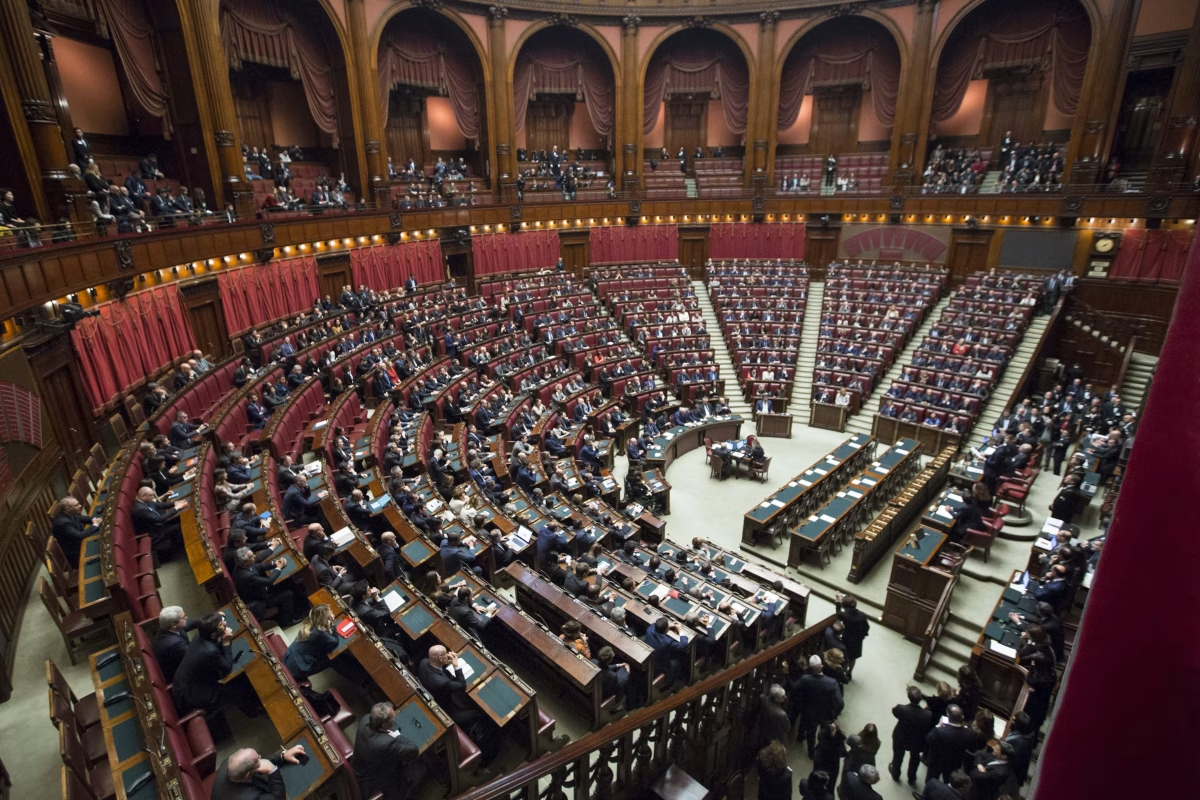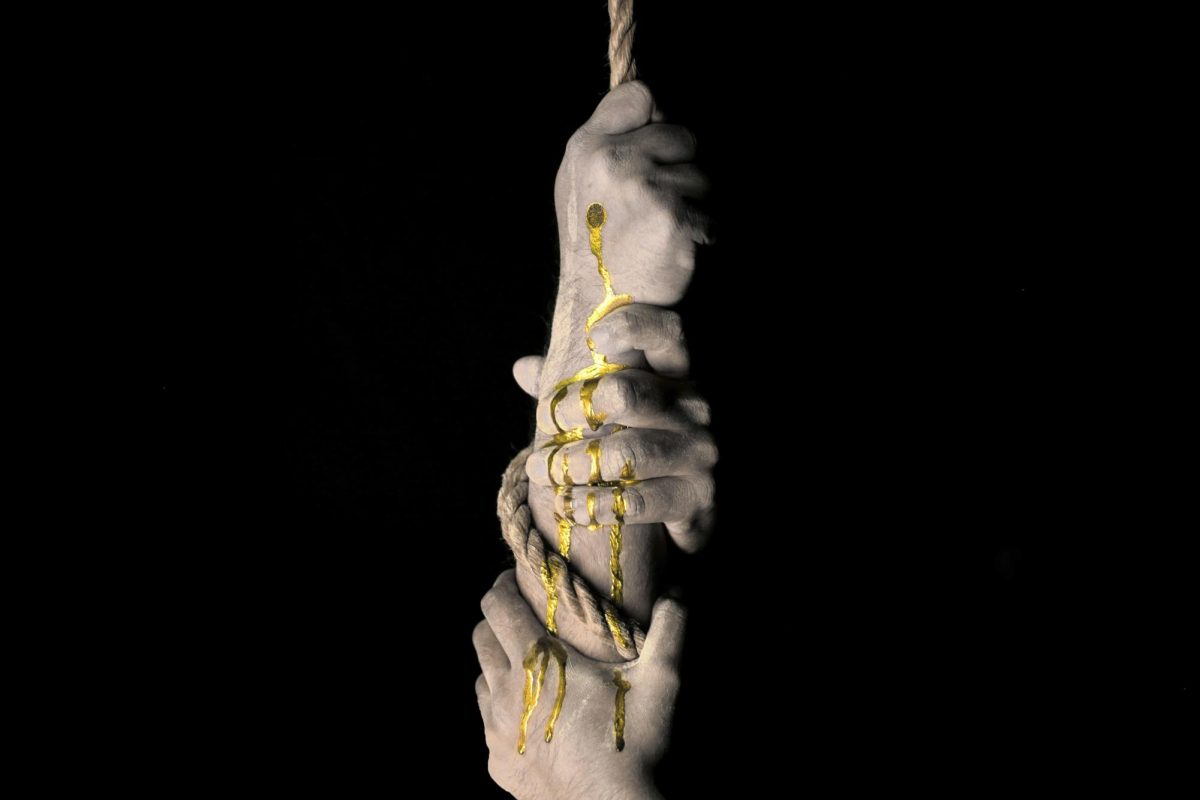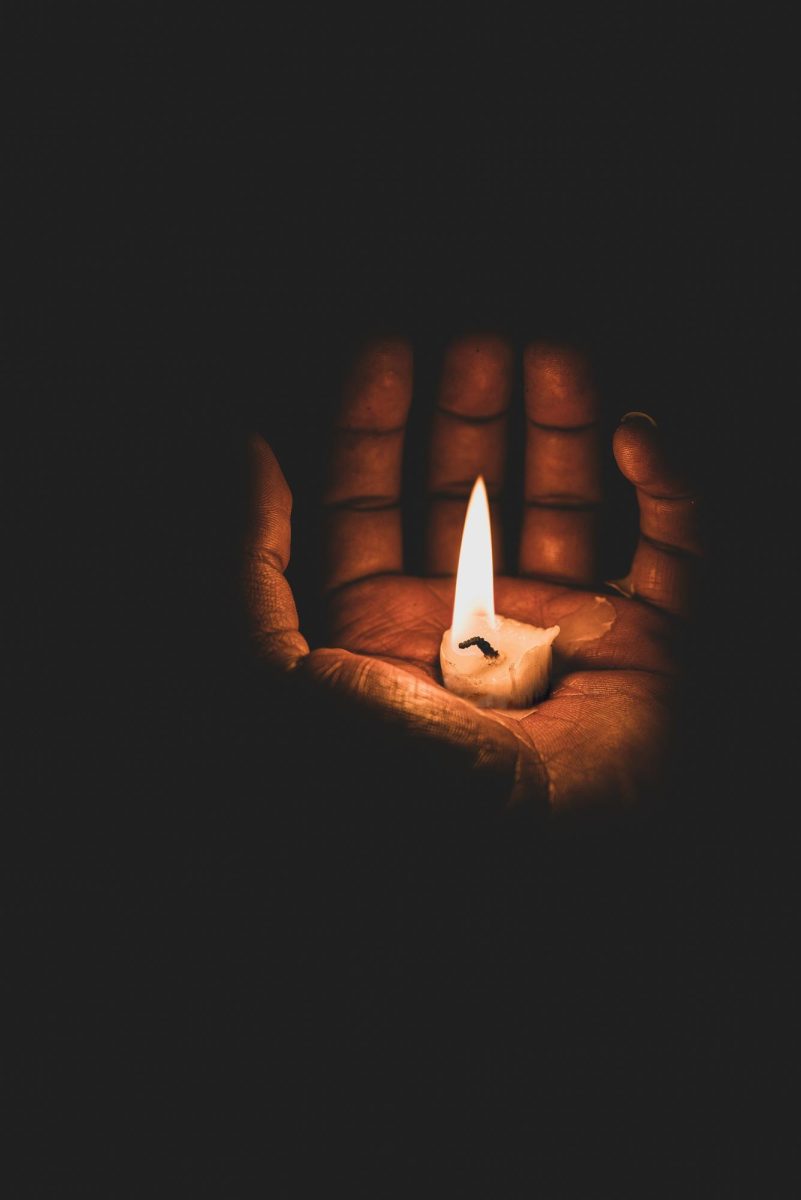Define Meeting House

Define a meeting house for me. Would you label it as a place to solve conflicts and make amends with your neighbors or is it instead a safe haven for survival? Who is speaking and who will listen to them? Running my eyes over my first artifact, nothing appears to be irregular or suspicious. All I notice through my first scan are black plastic chairs lined in rows, but every chair lacks permanence. They are incapable of being planted down in one place, almost as if they have to be prepared to pick the chairs up and ready for displacement. The center of stability only lies in the peeling and greying wooden floor that might have experienced large crowds of survivors traveling in and out of the meeting house. The meeting house is almost running on a ticking time bomb; people should not be overstaying their welcome. The bright red letters which exclaim, “EXIT,” are almost like a hazard and caution sign telling people to be ready to leave immediately. Those bright red words serve as the alarm of that ticking timer that makes known that the meeting house is indeed not always a safe house and can be the prime area of danger if the time comes.
The two chairs that lie in the front of the room are positioned quite unusually and asymmetrically, posted closely next to the two exits. I can envision perhaps two black men sitting upfront in those irregularly placed chairs as they might be the leaders of this meeting house. What if they were William Cooper Nell or Frederick Douglass themselves who were running this underground meeting? What are two heroes of the black abolitionist movements doing, ready to dash if the circumstance demanded it? What was their plan if danger came their way? They seem ready to confront the danger but hide from it, the danger which is the racist and bigoted minded people of the United States who want to suppress the rights of black people. I will never be able to know or comprehend their plans or know the answers to my inquiries because the blinding light at the top of the room does not allow me to see the tiniest details that I am hunting the image for. I recognize the fact that my eyes are not a welcomed guest in this room, and I am not supposed to be aware of the ongoings of the room.

I now take my time dissecting this next artifact, possibly a drawing. What partitions this drawing is almost of a tower of black men, women, and children. The foundation of this tower is the black children who are surrounded by their elders. The younger girls wear their distinct yellow hats, bringing a positive light and air of innocence to this possibly frightening and frantic atmosphere. The women wear more neutral and lighter colors, as they loom over the children and serve as their protectors in this neighborhood portrayed with the red and yellow buildings on either side of the people. I wonder if the colors of the buildings and clothing, or color in general, matter like it would outside of their neighborhood. The two men who complete this tower at the top both wear tall hats that may replicate the style Abraham Lincoln wore, along with the men on either bottom corners of the drawing. Each generation and gender has a very distinct manner of head covering, seeming to protect themselves and their identities in this neighborhood.
What keeps my curiosity and interest into this artifact is each one of their eyes. Never will my eyes meet theirs, and that is what makes this drawing so special and peculiar. I imagine their eyes darting side to side, as some people are looking up and others down. Another few men have entirely turned their bodies, so I only see their side profiles. Some others, I only see the slightest bit of skin peeking out, but that is all. What if those who I can barely see need the protection more, need to be hidden more effectively? They are on the lookout for opponents or people that should not be in their neighborhood, taking their instincts of survival.
What these artifacts present is humanity of the fights and fighters of the abolitionist movements for the equality of black people. Humanity means our real human emotions and experiences, and what we as a society fail to remember of those heroes and victims of that era is that they were also humans living lives in fear and danger. We sometimes glorify this time period into believing that those who fought back in meeting houses were ‘superhuman’ almost and ‘divine’. The actions that abolitionist heroes took were grave and could have resulted in their demise quicker than we could ever imagine.
Their secrecy and escape for survival was not a weak plot or move, but a reminder that real people fought for these injustices in the United States’ history. It shows a risk they took, risking their lives to meet with their own community members to find small ways in their power to end a heinous method of discrimination and hatred to a group of people. These artifacts represent the reality that African Americans faced and the strength that many developed to fight against a relentless force that wanted to subdue them in American society. Even though the photos represent hiding and escape, there is a feeling of emergence and empowerment that results from the time they spent hiding before they are ready to go public and brutal with their fight.


